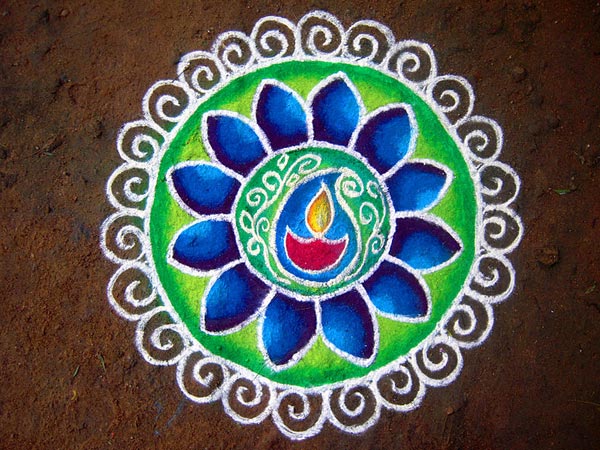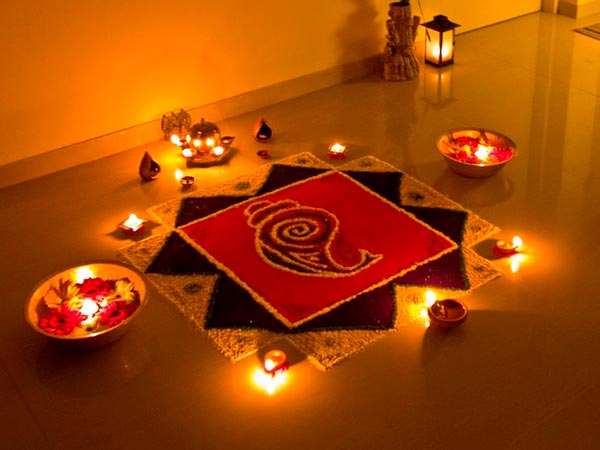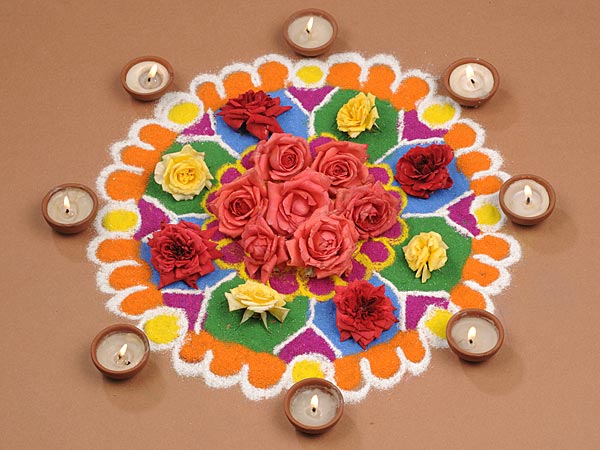Just In
- 4 hrs ago

- 5 hrs ago

- 9 hrs ago

- 10 hrs ago

Don't Miss
- News
 Why Was There No Indian Ambassador Or Embassy In Israel Until 1992? Questions S Jaishankar
Why Was There No Indian Ambassador Or Embassy In Israel Until 1992? Questions S Jaishankar - Finance
 1:10 Split, 26 Dividends: Tata's 26-Year-Old Retail Stock In Focus, Q4, Dividend Ahead; Buy For Target Rs 4200
1:10 Split, 26 Dividends: Tata's 26-Year-Old Retail Stock In Focus, Q4, Dividend Ahead; Buy For Target Rs 4200 - Sports
 IPL 2024: List of Centuries By CSK Batters As Ruturaj Gaikwad Hits Maiden Ton As Captain
IPL 2024: List of Centuries By CSK Batters As Ruturaj Gaikwad Hits Maiden Ton As Captain - Education
 Telangana Inter Manabadi 1st and 2nd Year Results 2024 to be Declared Tomorrow
Telangana Inter Manabadi 1st and 2nd Year Results 2024 to be Declared Tomorrow - Movies
 Digangana Suryavanshi Gets Ready For Her Next Film 'Krishna From Brindavanam'- See Mahurat Pic
Digangana Suryavanshi Gets Ready For Her Next Film 'Krishna From Brindavanam'- See Mahurat Pic - Automobiles
 Chrysler Pacifica Marks Seven Years As Most Awarded Minivan With New Campaign
Chrysler Pacifica Marks Seven Years As Most Awarded Minivan With New Campaign - Technology
 Xiaomi Robot Vacuum Cleaner S10, Handheld Garment Steamer, and Redmi Buds 5A Launched in India
Xiaomi Robot Vacuum Cleaner S10, Handheld Garment Steamer, and Redmi Buds 5A Launched in India - Travel
Kurnool's Hidden Gems: A Guide To Exploring India's Lesser-Known Treasures
Why Hindus Make Rangoli During Festivals?
If you stay in a South Indian locality then you will be familiar with the beautiful patterns drawn in front of the gates every morning. Other than that on almost every Hindu festival, you will see these patterns in front of the gates decorated with different colours or flowers. These patterns are known by different names in different regions of India.
These patterns are known as Rangoli or Muggu, Pookalam or Alpana. Every region has its own style of drawing the Rangoli. In Kerala, people make a rangoli with flowers and leaves known as the Pookalam. In West Bengal, the Alpana is made with rice paste. In the same way in most places in South India the Rangoli is prepared with rice flour. The purpose of making Rangoli however remains the same throughout cultures.

It is believed that Rangoli brings good luck. It is also a sign to welcome the Gods into the house. The base material of Rangoli is usually dry or wet rice and then decorated with turmeric or kumkum. 'Rangoli' is a Sanskrit word, signifying a creative expression of art by means of colors. The formation of an ideal rangoli art demands the attentive use of vibrant rangoli colors on a properly broomed and cleaned floor.
Traditionally, Rangoli is made on a square grid in North India and on a hexagonal grid in South India while Onam Rangolis are typically circular. Material used is also respectively different. In North India, the color is based on gypsum (chirodi), in the South India on rice floor and Onam Rangolis are typically flower based.

According to the legends, once a king lost his son. So, the king prayed to Lord Brahma to give back his son's life. After a long penance Lord Brahma agreed to return the boy's life. He asked the king to draw the sketch of his son on the ground with rice paste so that the Lord can bring him back to life. It is from that time, rangoli came into existence as a symbol of life, good luck and prosperity.

Cultural development of Rangoli in the South originated in the era of the Chola rulers. Behind the use of rice flour to feed is the perception that the ants should get to feed on it. Rangoli is not removed from the floor by sweeping it off or stepping over it. Instead it is washed off with water using hands since it is considered a sacred mark.

Rangoli was one of the major decorations or embellishments in the ancient times. But they have not lost their charm even in the modern context. These traditional embellishments are still used in India on various festivals and special occasions like marriages, birth ceremonies, and so on. The natural colours are getting replaced by chemical colours to get the desired effect. Nevertheless the art form remains immensely popular throughout the country in all its forms.
-
 insync100 Popular Hindu Baby Names For Girls And Boys That Start With The Letter M
insync100 Popular Hindu Baby Names For Girls And Boys That Start With The Letter M -
 yoga spiritualityWhen Is Magh Pradosh Vrat 2024? Date, Shubh Muhurat, Puja Vidhi, Mantra, And Remedies Related To Lord Shiva
yoga spiritualityWhen Is Magh Pradosh Vrat 2024? Date, Shubh Muhurat, Puja Vidhi, Mantra, And Remedies Related To Lord Shiva -
 yoga spiritualityFebruary 2024 Festival List: Check Full List For Indian Festivals And Vrats
yoga spiritualityFebruary 2024 Festival List: Check Full List For Indian Festivals And Vrats -
 yoga spiritualityPaush Purnima 2024 Remedies: Try These Upay For Peace, Prosperity, Money And Happiness In Life
yoga spiritualityPaush Purnima 2024 Remedies: Try These Upay For Peace, Prosperity, Money And Happiness In Life -
 yoga spiritualityWhen Will Pran Pratishtha Happen In Ayodhya Ram Mandir? Significance Of Pran Pratishtha In Hinduism
yoga spiritualityWhen Will Pran Pratishtha Happen In Ayodhya Ram Mandir? Significance Of Pran Pratishtha In Hinduism -
 yoga spirituality‘Saat Phere' Mandatory In Hindu Marriage, Rules Allahabad Court: Know Meaning Of 7 Pheras (Auspicious Rounds)
yoga spirituality‘Saat Phere' Mandatory In Hindu Marriage, Rules Allahabad Court: Know Meaning Of 7 Pheras (Auspicious Rounds) -
 yoga spiritualityTulsidas Jayanti 2023: Date, History, Significance, And Celebrations
yoga spiritualityTulsidas Jayanti 2023: Date, History, Significance, And Celebrations -
 yoga spiritualityNuh Violence In Haryana: Importance Of Religious Procession In Hinduism, What The Indian Constitution Says
yoga spiritualityNuh Violence In Haryana: Importance Of Religious Procession In Hinduism, What The Indian Constitution Says -
 yoga spiritualityHindu Temples - Know The Spiritual Significance And Symbolism
yoga spiritualityHindu Temples - Know The Spiritual Significance And Symbolism -
 yoga spiritualityVadapalli Narasimha Swamy Temple, Nalgonda: Where The Lord's Breath Is Felt!
yoga spiritualityVadapalli Narasimha Swamy Temple, Nalgonda: Where The Lord's Breath Is Felt! -
 yoga spiritualityEka Sloki Ramayanam: Meaning And Benefits Of Reading The Ramayana In One Shloka!
yoga spiritualityEka Sloki Ramayanam: Meaning And Benefits Of Reading The Ramayana In One Shloka! -
 yoga spiritualityNavabrindavanam - History And Significance Of The Tombs of The Nine Saints!
yoga spiritualityNavabrindavanam - History And Significance Of The Tombs of The Nine Saints!


 Click it and Unblock the Notifications
Click it and Unblock the Notifications



